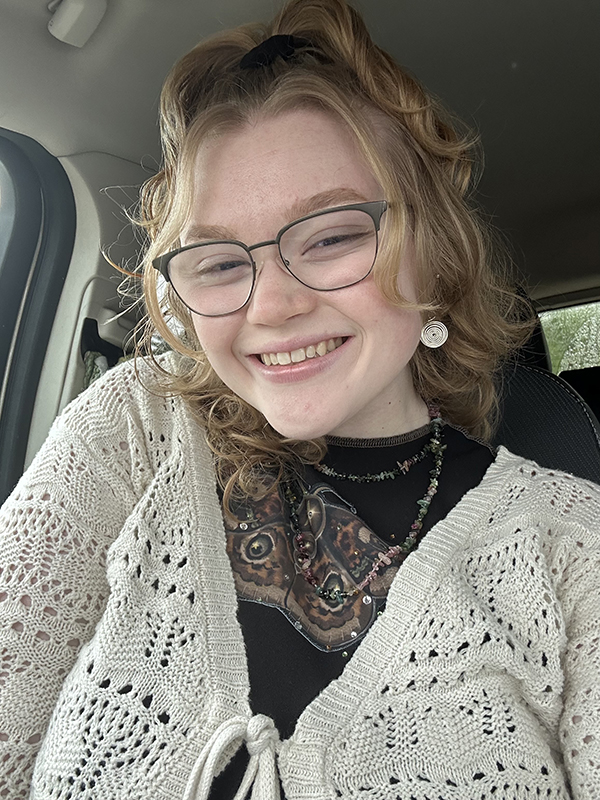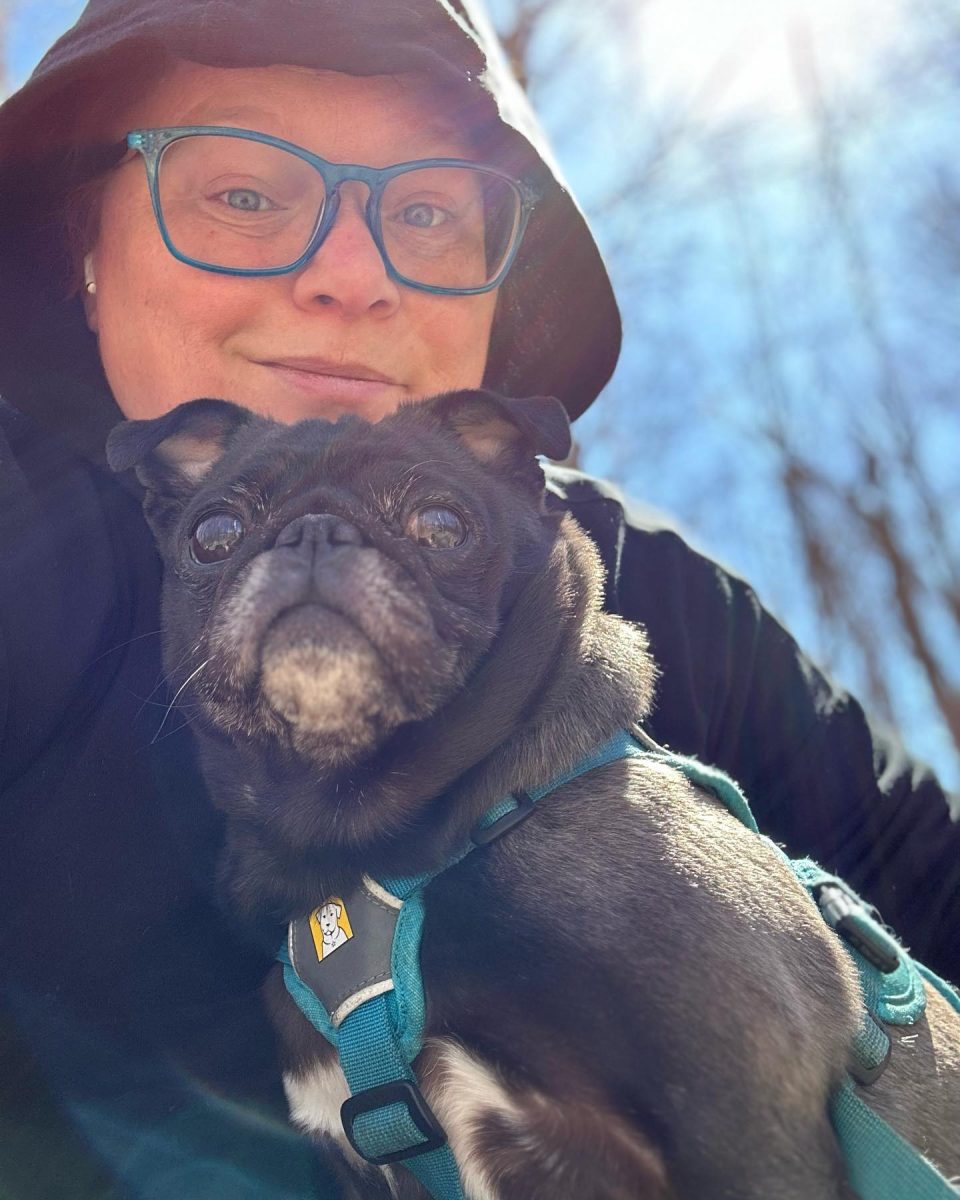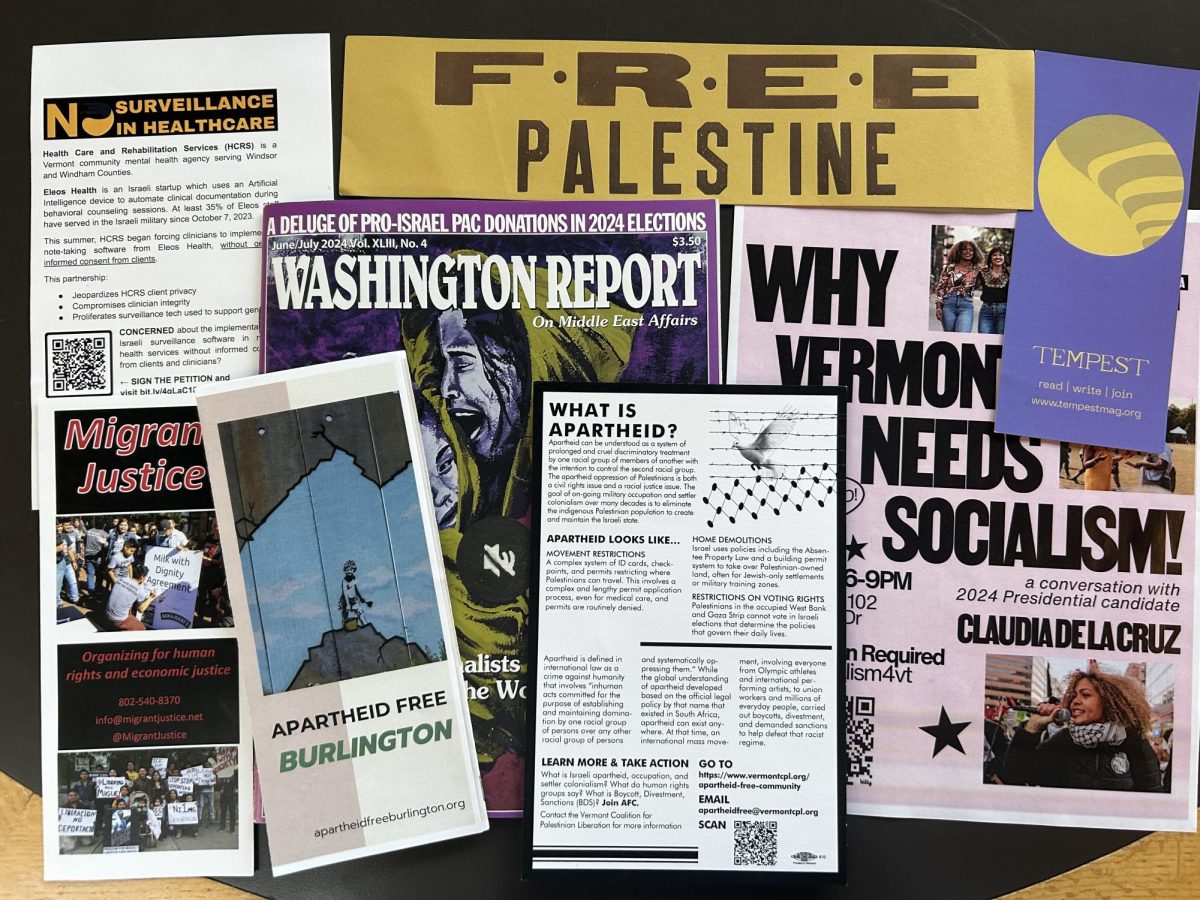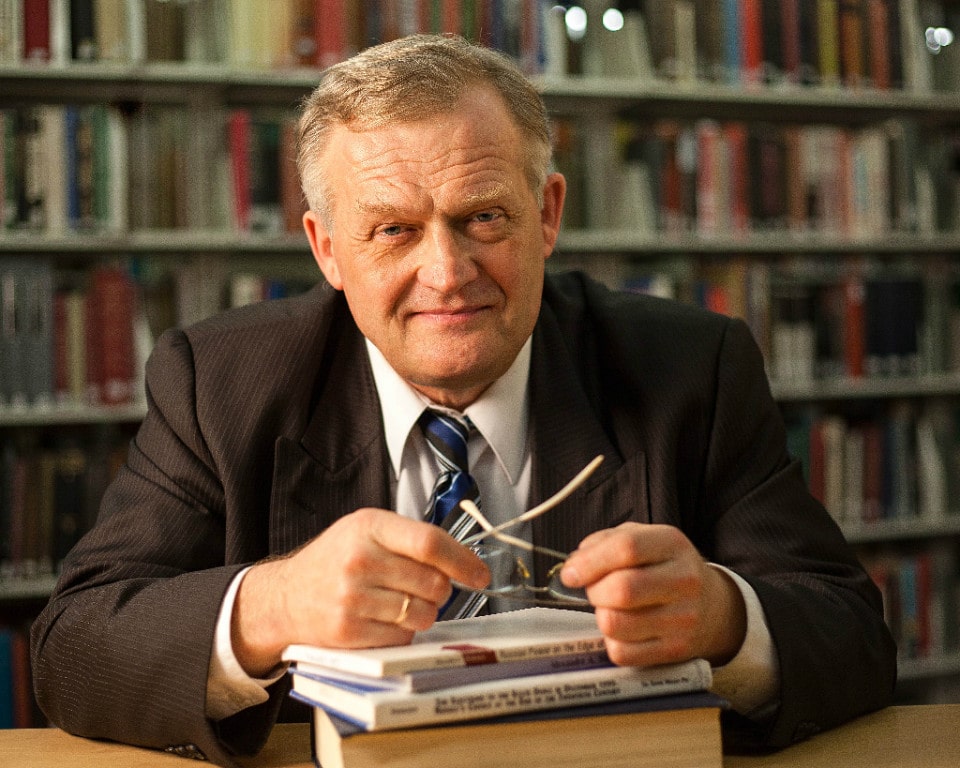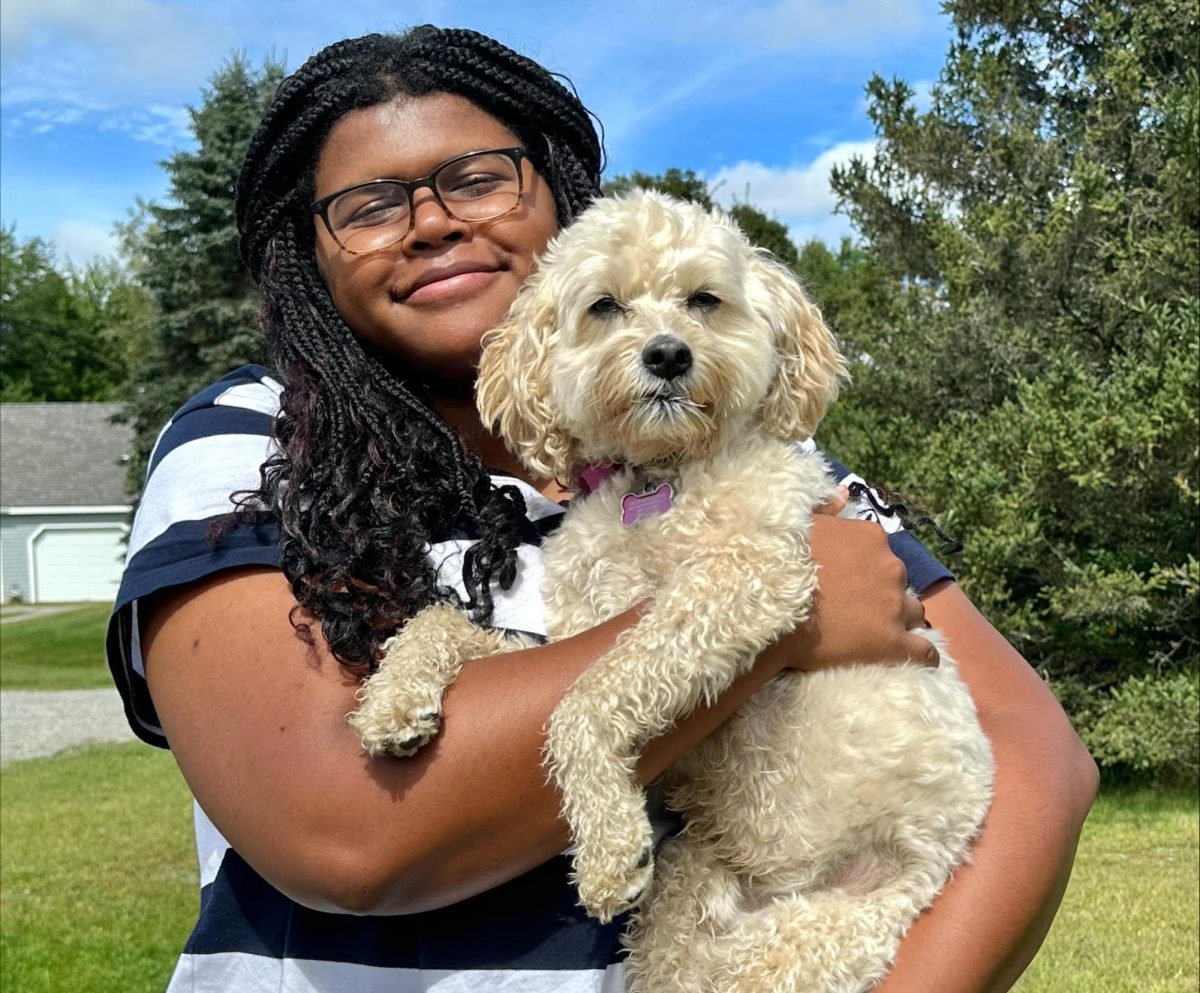How often does a piece of history try to eat your notebook? Or knock you off your chair while attempting to get its backside scratched?
This particular piece of history’s name is Augustine, a beautiful Spanish Mustang living at the Center for America’s First Horse. His lineage can be traced straight back to the very first horses brought to America.
The Spanish Colonial horses found at the Center are the remaining descendants of the horses the Spanish Conquistadors brought to the Americas in the 16th Century. They were crucial to the Spanish invasion of the native peoples, and as time went on they became revered by the Native Americans they had once ridden against.
During the 19th century, taller, heavier horses replaced the Spanish Colonial breed in cavalries. The horses also faced extermination due to their close association with Native American and Mexican cultures.
Fortunately, there were those who recognized the beauty and strength of the breed. Thanks to those first advocates for the Spanish Colonial breed and the hardiness of the horses themselves, some have made it to the 21st century.
Fewer than 3000 Spanish mustangs are left world-wide. These survivors are not to be confused with the mustangs that run wild in the West. Those horses have interbred with other breeds over the years, whereas the Spanish mustangs still have the qualities they had when the first horses set hooves in the New World.
About 15 distinct groups of bloodlines connect these horses, and despite the intervention of preservation advocates, some are so rare they are in danger of dying out completely.
Stephanie Lockhart is one such advocate. She is the founder, executive director, trainer, instructor, barn manager, and public relations director for the Center for America’s First Horse in Johnson, Vt.
Lockhart had always wanted her own horse facility.
“I grew up with horses,” she said. “They are part of my life, and I wanted to put my knowledge and experience to a good use for something in the horse world.”
Lockhart began focusing on a specific breed eight years ago, after her daughter was given a gift of a young gelding by the name of Adelantado. That was Lockhart’s first exposure to the Spanish Colonial breed.
“I thought it was so cool, not only the history of the horses but also that they were great spirits to work with, so full of character and personality,” said Lockhart. “When you look into their eyes, they just resonate wisdom, truth, and history.”
In April 2010, the Center was opened with 13 horses. That number has grown and the number currently stands at 20, five of which arrived from New Mexico just a couple of months ago.
Each of the horses has their own personality. Augustine, the notebook-eating chair-tipper is really just like a big puppy. You cannot stand in one place for long without him coming to stick his nose in your business and your face.
Adelina is one of the newest members of the herd. She is nine months old and is just so full of herself. She knows she is cute and makes sure she is always the center of attention. She is curious about everything, including the taste of human hair.
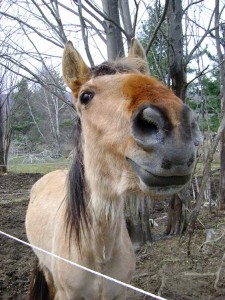
(Photo by Magen Farley)
The Center is also the home of an equine celebrity. Oscar, while not actually a Spanish mustang, did a very good job acting the part in the film “Hidalgo.” He was the horse used in the action shots. Although retired from show business, he still goes to events to promote the Center.
One of the goals of the Center is education about the Spanish mustangs, and they do this by exposing the public to these horses at events.
“When people get to see them and touch them and look into their eyes, a light bulb goes off,” said Lockhart. These events bring much-needed recognition to the breed and the Center, which also does a lot of outreach, traveling to schools, community events, horse fairs and expos inside and outside of the Lamoille Valley community. Their next off-site event is Everything Equine, held at the Champlain Valley Fairgrounds in Essex Junction on April 28 and 29.
The Center is unique in a few ways, one being location. It is home to the largest herd of Spanish Mustangs in the Eastern United States, and the only one of its kind in the Northeast.
The other distinguishing feature is Lockhart’s combining of breed promotion with natural horsemanship programs. Essentially, this is a method of training based on mutual understanding between horse and human.
“My definition of natural horsemanship is working with the horse using the laws of nature in the equine world,” said Lockhart. “It’s really about working with the horse and just taking the time that they need to understand what we are asking of them. It’s about learning their language, not trying to get them to understand ours.”
This combination is actually a very good fit for this particular breed. “They are so aware and so in tune to body language,” said Lockhart.
Lockhart offers private and semi private lessons in natural horsemanship at the Center. She also runs full-day clinics and workshops.
Yet another thing that sets the Center apart is the fact that it started with nothing. It is a non-profit organization and receives no funding from any government source. The Center relies on donations from individuals and local businesses, as well as the fundraising they get from the events they hold. Horse lovers can also sponsor a horse for up to three years for $100 per month.
“We have some really awesome supporters and donors,” said Lockhart. “Our donor base keeps growing, but in the end we are doing this all on our own.”
Critical too is the role of volunteers. It takes $100 per horse, per month to keep each horse healthy, and a whole lot of extra work to make sure they are happy. Twenty active volunteers are regularly doing chores, whatever maintenance is needed, and helping with horse grooming and moving.
“I think that’s pretty unique,” said Lockhart.
A large network of people throughout the country is working to ensure the conservation of the Spanish Colonial breed, and it is often through that network that Lochart is contacted.
“We have never actively sought out horses,” said Lockhart. “The horses find us. Being the only person in the Northeast doing this, I’m contacted if there is a horse anywhere on the East coast that needs help.”
The difficult part is figuring out if the horses are actually Spanish Mustangs. DNA can only tell a small part of the genetic tale.
“We look through the history of the herd, where they come from and how far we can trace it back,” said Lockhart. “Then we look at their conformation with a fine-toothed comb and a magnifying glass.”
It is very time-consuming work, but the result is finding a piece of surviving history.
“I may not be able to save them genetically,” said Lockhart. “But at least I can promote them and do my part.”
The Center for America’s First horse is having an open house from noon until 3 p.m. on Saturday, May 12. A celebration of its second birthday, this is a free admission event featuring cake, hands on kid’s activities, games, and a variety of demonstrations.
ED NOTE: To learn more about the Center For America’s First Horse, its events, and what you can do to help, go to:
http://www.centerforamerica’sfirsthorse.org


